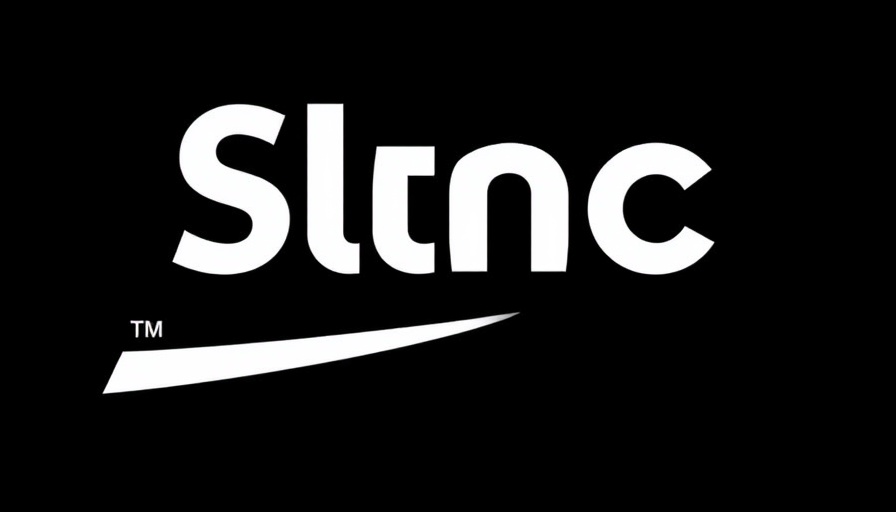
Unlocking Local AI Potential: The SmallThinker Revolution
In an age where expansive cloud databases dominate the AI landscape, the challenge of deploying advanced generative models on everyday devices such as smartphones and laptops poses significant hurdles. Large language models (LLMs) traditionally thrive in far-off servers, often overlooking the pressing needs of small and medium-sized businesses to leverage AI directly on their own devices. Enter SmallThinker, a groundbreaking family of efficient LLMs engineered from the ground up for local use without compromising on performance.
Why Size Matters: A Shift in AI Architecture
SmallThinker is a pioneering initiative by researchers at Shanghai Jiao Tong University and Zenergize AI, aiming to create AI models tailored specifically for on-device constraints. By focusing on local deployment, they sidestep the pitfalls of compressing cloud-scale models, which typically lead to performance compromises. Instead, SmallThinker’s Mixture-of-Experts (MoE) architecture allows for incredible versatility and efficiency. With two compelling variants—SmallThinker-4B-A0.6B and SmallThinker-21B-A3B—these models deliver peak performance while accommodating the memory and computing limitations of local systems.
Architectural Innovations: Key Features of SmallThinker
What sets SmallThinker apart is its meticulous architecture that cleverly adapts to device limitations:
- Fine-Grained MoE: Instead of merely activating all parameters, SmallThinker activates only the pertinent ones for each token input, ensuring a streamlined process that prioritizes efficiency without sacrificing capability.
- ReGLU-Based Feed-Forward Sparsity: Brilliantly, over 60% of the model’s neurons remain dormant at each inference step, drastically reducing the amount of computation needed and promoting efficiency.
- NoPE-RoPE Hybrid Attention: This innovative attention mechanism features a mix of global and local context handling, providing longer context lengths while minimizing memory consumption.
- Pre-Attention Router: To counteract storage speed limitations, this component smartly predicts required experts in advance, allowing seamless data retrieval without torqueing performance.
These advancements present undeniable advantages for businesses seeking to harness advanced AI technologies in a digestible format.
A Closer Look at Training Regimes
The training of SmallThinker models is another testament to their sophisticated design. Unlike traditional models that are often market-distilled, SmallThinker employs what experts describe as a structured curriculum that builds from general knowledge to advanced technical applications. The 4B and 21B variants processed an astounding 2.5 trillion and 7.2 trillion tokens respectively, using a blend of curated datasets that include mathematical, coding, and STEM data, augmented by synthetic datasets to enhance performance in logical reasoning.
Benchmarking SmallThinker: Impressive Results
When pitted against rival models, SmallThinker-21B-A3B showcases remarkable capabilities, activating fewer parameters while still outperforming counterparts in several academic tasks. This is a crucial aspect for small and medium businesses seeking efficient tools without the cloud disruption. Streamlined local processing allows businesses to manage resources more effectively, whether it’s customer interaction or content generation.
Broader Implications: Changing the Future of AI in Business
SmallThinker models illustrate a future where AI is not just a luxury, but an accessible tool for businesses of all sizes. With local deployment, companies can safeguard sensitive data while enhancing operational efficiencies. As more organizations recognize the value of in-house AI, models like SmallThinker pave the way for true innovation that empowers companies, fosters growth, and embraces privacy.
Getting Started with Local AI Implementation
For small and medium-sized enterprises, the adoption of local AI technology can seem daunting. However, embracing tools like SmallThinker opens the door to new capabilities. Businesses must assess their operational needs, identify tasks that can leverage AI, and explore training mechanisms that facilitate smooth implementation.
Engaging with the AI landscape means more than just technical knowledge; it requires a shift in mindset to see technology as an invaluable teammate. As companies navigate through this technological evolution, the insights provided by specialized AI like SmallThinker can transform strategies, enhance customer interaction, and drive sustainable practices.
As small and medium businesses take the leap into the realm of local AI, exploring the untapped potential with SmallThinker can provide a competitive edge. Consider integrating these advanced AI capabilities into your operations today for a brighter, smarter future.
 Add Row
Add Row  Add
Add 



Write A Comment